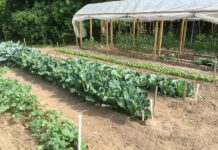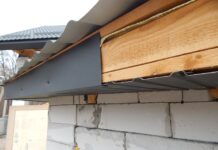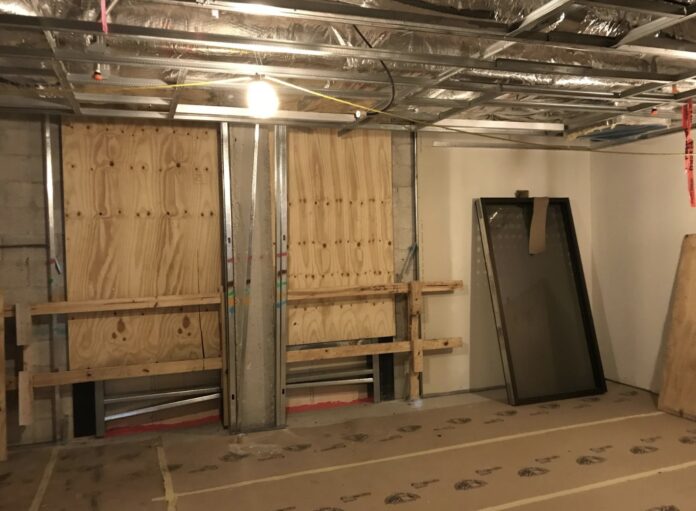In the face of increasingly severe weather events, proactive disaster planning is critical. This article details how applying Lean principles—specifically the “plan, do, check, adjust” cycle—enabled one company to navigate the 2017 and 2018 hurricane seasons with minimal disruption. The experience highlights the value of structured preparedness in mitigating risk and ensuring operational continuity.
The Lean Framework: A Proactive Strategy
The core of this approach lies in the systematic application of Lean methodology. Rather than reacting to crises, the company proactively addressed potential vulnerabilities before, during, and after the storms. This meant not only securing physical assets but also prioritizing employee safety and financial stability.
Phase 1: Plan – Anticipating the Impact
The planning phase involved cross-departmental collaboration, including safety, Lean operations, and senior leadership. The goal was to identify potential risks and develop a unified communication strategy. Key considerations included:
- Employee Impact Assessment: Identifying individuals most likely to be affected by the storms.
- Communication Protocols: Establishing clear channels for updates and assistance.
- Resource Allocation: Determining how to support employees and protect job sites.
Phase 2: Do – Executing the Plan
The execution phase involved taking concrete steps to protect people and property. This included:
- Financial Support: Providing debit cards, cash, and satellite phones to employees in impacted areas.
- Site Security: Boarding up openings, securing loose materials, and filling fuel containers.
- Emergency Logistics: Deploying PPE, chainsaws, plywood, generators, and other essential supplies.
- Crane Protection: Implementing specific procedures for securing cranes and preventing damage.
Phase 3: Check – Evaluating Effectiveness
Following the storms, the company conducted a thorough assessment of its preparedness efforts. Fortunately, the proactive measures had proven effective, with only minor damage reported at job sites. Work resumed within days, though full production took up to two weeks to recover.
Phase 4: Adjust – Continuous Improvement
The Lean retrospective process—using “keep doing, stop doing, and puzzles/wishes”—was instrumental in identifying areas for improvement. Key adjustments included:
- Emergency Communication Plan: A streamlined messaging system for employees.
- Site Preparation Checklist: A one-page guide for securing job sites before storms.
- Post-Storm Recovery Checklist: A guide for resuming work after storms.
- Emergency Conex Boxes: Pre-stocked containers with fuel, PPE, and other essential supplies.
Lessons Learned: The Value of Proactive Resilience
This experience demonstrates the power of applying Lean principles to disaster preparedness. By systematically planning, executing, evaluating, and adjusting, the company minimized disruption and ensured the safety of its employees. The success story underscores the importance of proactive resilience in an era of increasingly frequent and severe weather events.
The key takeaway is that effective preparedness is not just about reacting to crises; it’s about anticipating them, mitigating risk, and continuously improving the response process. This approach can be applied by any organization to enhance its resilience and ensure operational continuity in the face of adversity




















































